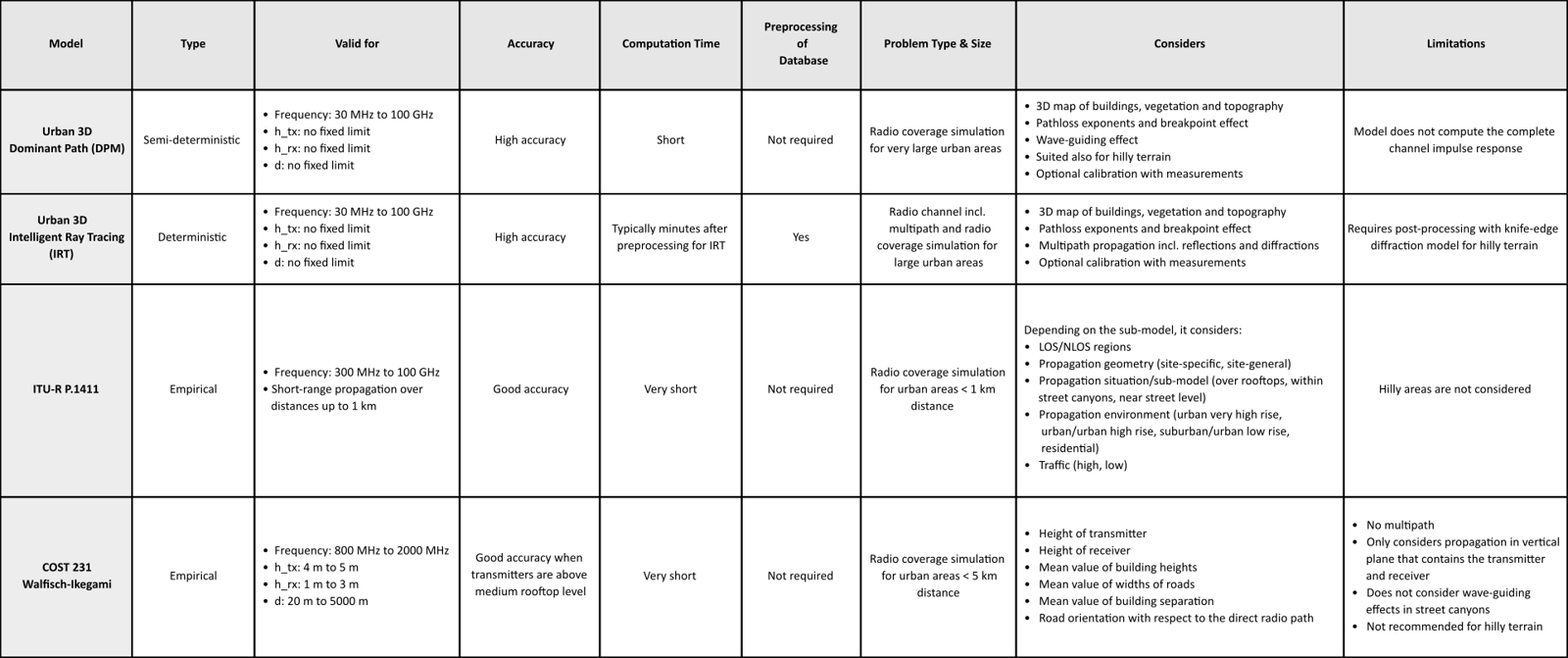Best Of
User defined Output request causing error in "Static Ride Analysis event"
Hi
I am simulating a custom made double wishbone model with static ride analysis event, and trying to extract ride steer, caster and camber using following function:
`USER({MODEL.sys_misc.ds_report_ms.scale_index.value}, 180, 1, {sa_testing_parameter_array.id, %d}, 0, {sa_vehicle_parameter_array.id, %d})`
The simulation works perfectly if that output request is deactivated, when it is activated the log files shows solver failed and Error written as,
INFO: ALL: 10705150 11102020 20705150 21102020 30903100 3094100
ERROR: Marker [id=11101] not found in SYSFNC!
ERRMWS: USER [11101]
sdf_wcdata: Error calling sysfnc for left constraint force.
** EXECUTION STOPS DUE TO ENDFLG IN USER SUB **
Abnormal return from processing model!
ERROR: Simulation failed due to error encountered in analysis!
Marker with id 11101 are following markers which all are located & oriented correctly as per my template reference model
1.WC marker at ground, 2.Jack CP marker, 3.Upper steer axis, 4.Ground Patch Marker
And Left Verical Actuator force is also verified from reference model.
Any help would be greatly appreciated
Best regards
Sudip Chavan
Altair WinProp: What are the wave propagation models supported for urban scenarios?
This article provides a summary of the wave propagation models supported in WinProp for urban scenarios.
An urban scenario is typically a built-up area, which could be a whole city, but also a suburban or residential part, a campus, factory, or similar environments. Each building or vegetation object is described by a polygonal ground plane and an individual height above street level using polygonal cylinders. If the urban area is not flat, the topography can be included.
An example of an urban database showing the received power.
Typical applications include (but not limited to) the evaluation of wireless connectivity along a road near an LTE base station or the analysis of a radio network.
The following wave propagation models are supported for urban scenarios:
- Urban Dominant Path Model (DPM)
- Urban 3D Intelligent Ray Tracing (IRT) model
- ITU-R P.1411
- COST 231 Walfisch-Ikegami
Table: Summary of urban wave propagation models in WinProp.
Click to enlarge table.
Related content
Re: VGD in hypermesh
Hello,
The VGD tool is not directly in Hypermesh. It is an additional tool that requires the feature in your license file.
You can refer here for more information
https://altairone.com/Marketplace?queryText=vgd&tab=Download&app=Virtual+Gauge+Director

https://altair.com/resource/altair-virtual-gauge-director-datasheet
Thanks
/FAIL/BIQUAD : Excel to visualize the failure limit
When it comes to metal or plastic damage, /FAIL/BIQUAD is a widely used, efficient and userfriendly failure model. This failure model uses a simplified stress triaxiality & plastic strain-based, failure criteria with linear damage accumulation. Since version 2024, the damage accumulation can be coupled with stress computation to create a stress-softening effect. The failure plastic strain is described by two parabolic functions calculated using curve fitting from up to 5 user-defined failure strains.
The aim of this knowledge base article is to share an excel sheet that will allow users to visualize the failure limits according to their setup. The parameter default values and the stress softening parameters are in compliance with the 2024 version of Radioss. Each parameter is explained with comments in the Excel sheet.

This Excel sheet was built by Valentin Davaze & Mathis Loverini.
Archiving AcuSolve files
AcuSolve generates lot of files and at times it can be overwhelming, when users try to archive data. Based upon the storage available, here are some recommendations.
a) Bare Minimum : This should be stored for all projects.
| .inp | Only the simulation setup parameters will be retained. (Boundary Conditions, Solver Settings, Material data, etc.) |
b) Recommended Minimum : These two will enable users to run AcuSolve at a future point. Input files have been backwards compatible. e.g. if a AcuSolve project was executed in v2018 and correctly archived, even v2023 of AcuSolve is able to read the file to run and reproduce results.
| .inp | Only the simulation setup parameters will be retained. (Boundary Conditions, Solver Settings, Material data, etc. |
| MESH.DIR or SIMLAB.DIR | This folder contains the mesh information (and in some cases additional info, like multiplier functions as .dat files) (Depending on the pre-processor, name of folder will differ. MESH.DIR from HyperMesh-CFD or SIMLAB.DIR from SimLab) |
c) Recommended :
| .inp | Only the simulation setup parameters will be retained. (Boundary Conditions, Solver Settings, Material data, etc. |
| MESH.DIR or SIMLAB.DIR | This folder contains the mesh information (and in some cases additional info, like multiplier functions as .dat files) (Depending on the pre-processor, name of folder will differ. MESH.DIR from HyperMesh-CFD or SIMLAB.DIR from SimLab) |
| H3D file | Various ways to generated H3D files
|
| PROBE.DIR | acuCpProbeFiles |
Above files are solver (AcuSolve related). In additional if remeshing is desired or for comfort reasons, it is recommended to save the .preprocessing database of . SLB or .HM file. This will allow users to access all solver parameters in comfortable manner (not just text editor) and also enable to remesh if needed.
Re: Radioss Error 110 ERROR : RIGID BODY ID=31 UNSTABLE
In general it is because the rbody rotates too much during a cycle, probably due to some other instability, you can set ispher =1 to see if that helps, can you share the model?, I can take a look for you.
Re: Load Steps - SUBCASE OPTIONS
Hello,
The TEMPERATURE setting allows you to choose the temperature for either material property calculations or thermal loading. The details of these options are provided in the attached file. Please review the file for more information.
Thank you.
Transient Structural Impact Simulation Using Altair SimLab
In this tutorial one wants to find out if a round Plexiglas (acrylic) plate will be damaged if it suffers from the impact of a steel ball, which was dropped from a height of 1m. Assume the steel ball is 0.24 meters in diameter, and the Plexiglas plate is 1 meter in diameter and 0.05 meters thick. Assuming that the Plexiglas plate is glued to the floor.
 Rahul_P1
Rahul_P1
Re: How to activate PhysicsAI module in hyperworks?
what kind of license do you have?
PhysicsAI feature is available for products packages starting from the ME suite, using 50AUs when working on a project;

Structural Static Simulation Using Altair SimLab
In this tutorial we Suppose you have a steel workbench (AISI 1006 CR Steel) and would like to find out how much the tabletop will deflect under the weight of a heavy toolset.
 Rahul_P1
Rahul_P1




